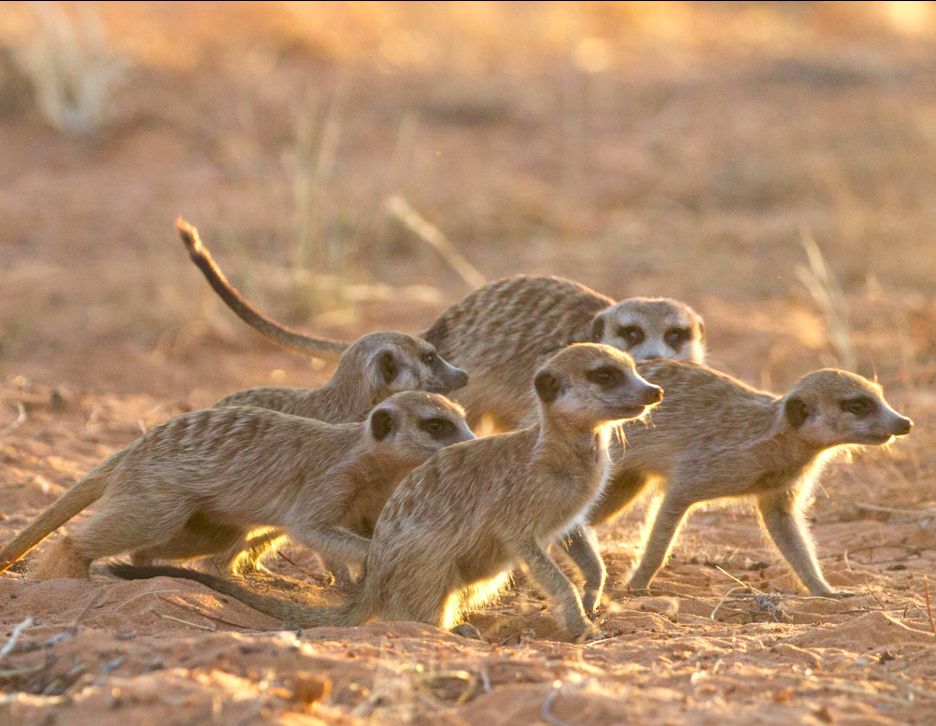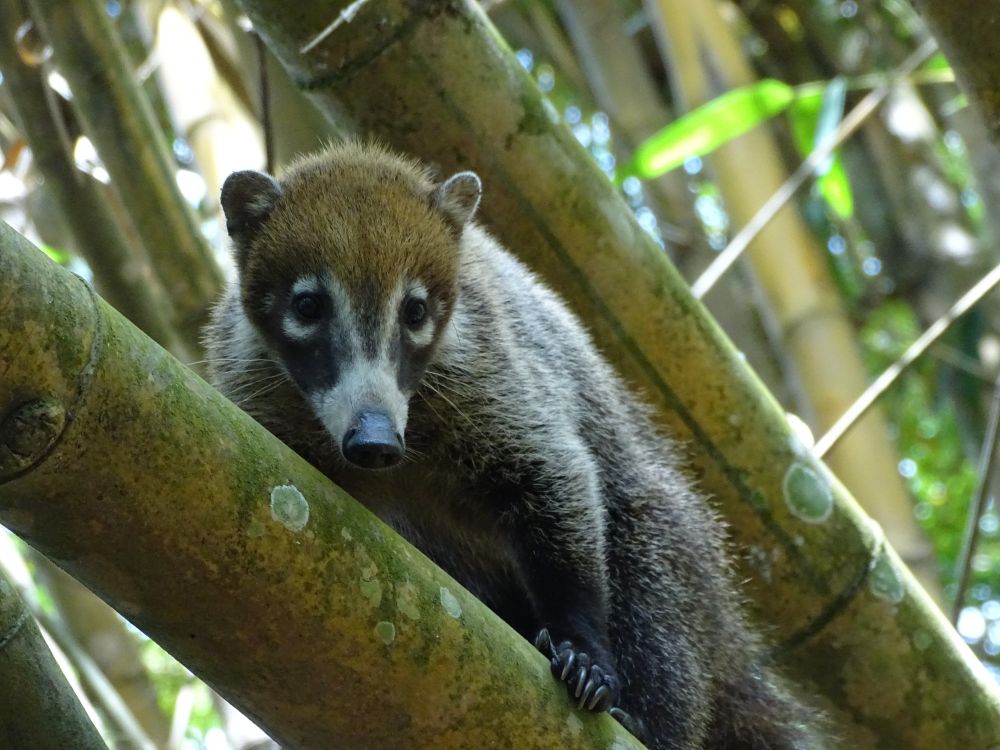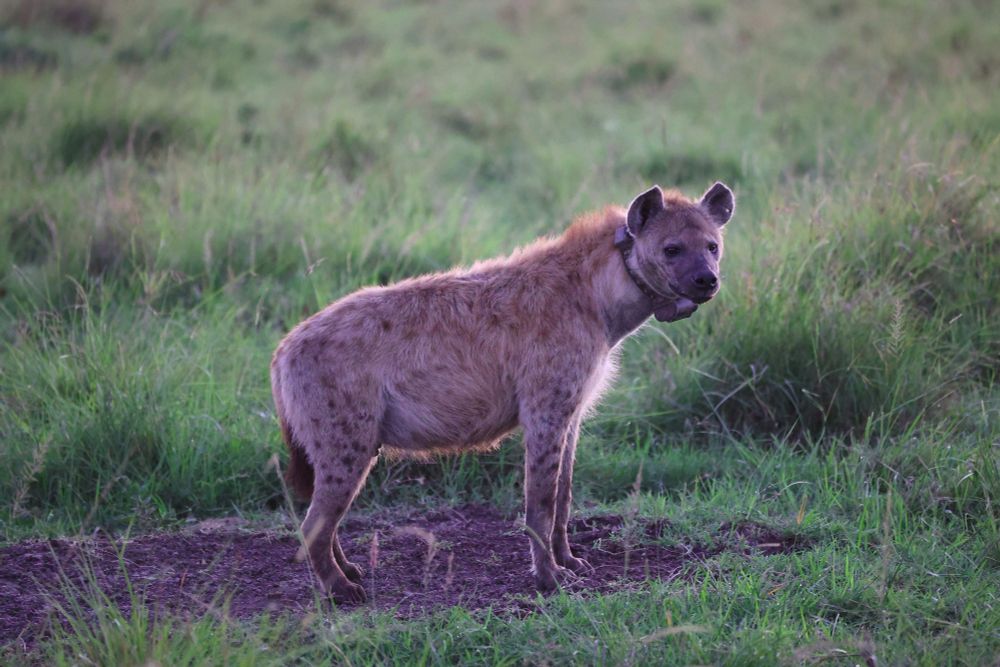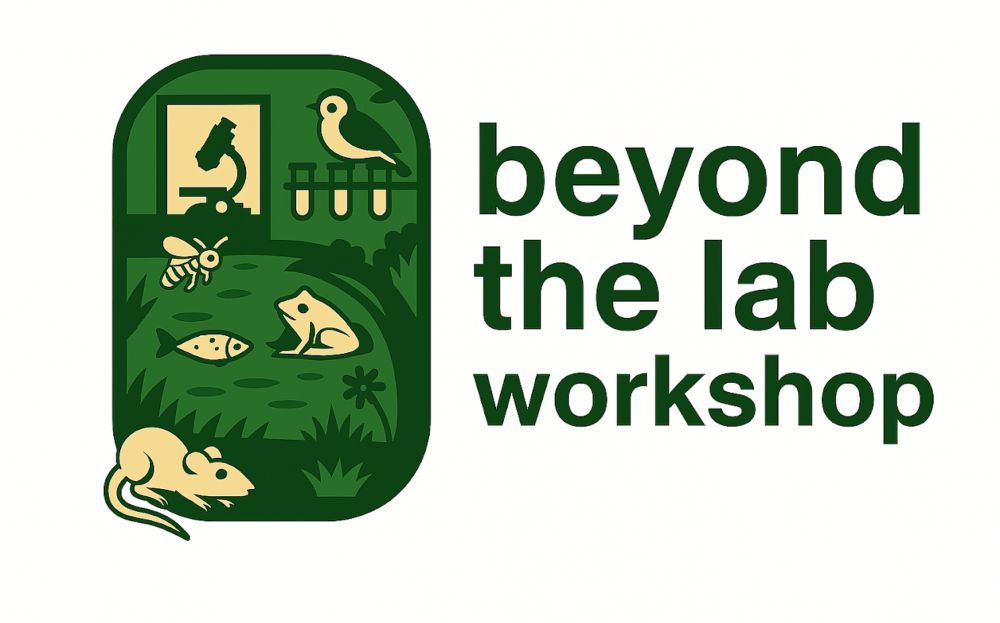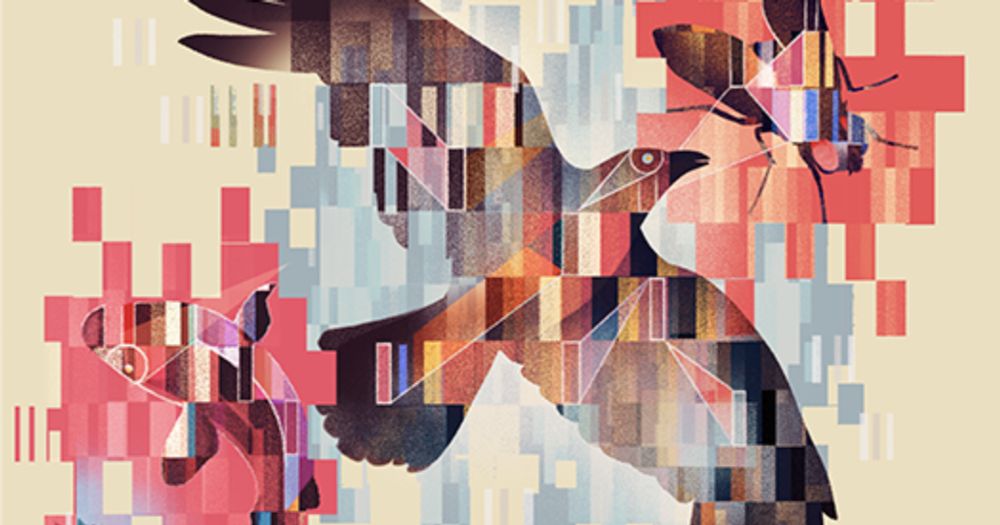Katja Reinhard
@katjareinhard.bsky.social
1.1K followers
1.1K following
56 posts
Group leader at SISSA (IT) - fascinated by neural circuits and behaviour, mostly vision related www.reinhardlab.org / salsa & forró dancer / mountain lover / former NERF (BE) and CIN (DE)
Posts
Media
Videos
Starter Packs
Reposted by Katja Reinhard
Katja Reinhard
@katjareinhard.bsky.social
· Aug 13
Katja Reinhard
@katjareinhard.bsky.social
· Jul 24
Katja Reinhard
@katjareinhard.bsky.social
· Jul 23
Katja Reinhard
@katjareinhard.bsky.social
· Jul 23
Katja Reinhard
@katjareinhard.bsky.social
· Jul 23
Katja Reinhard
@katjareinhard.bsky.social
· Jul 23
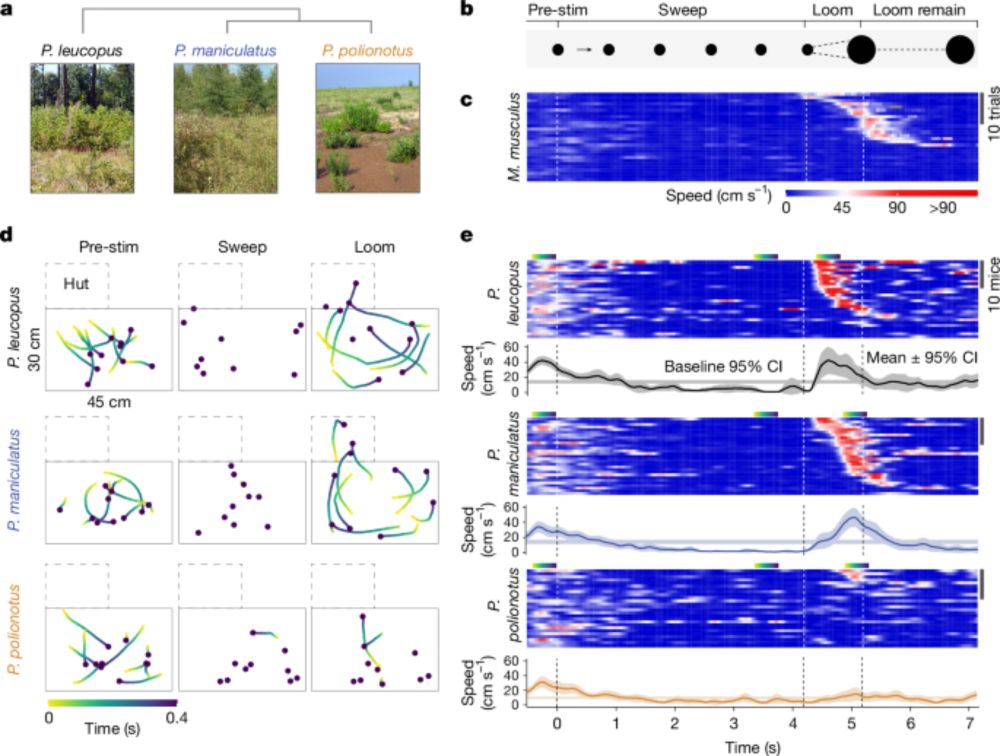
The neural basis of species-specific defensive behaviour in Peromyscus mice - Nature
Visual threat triggers contrasting freeze and escape defensive responses in two species of deer mice as a result of different activation thresholds downstream of the superior colliculus in the do...
www.nature.com
Reposted by Katja Reinhard
Reposted by Katja Reinhard
Katja Reinhard
@katjareinhard.bsky.social
· Jul 16
Katja Reinhard
@katjareinhard.bsky.social
· May 30

The SAFE Labs Handbook: community-driven commitments for group leaders to improve lab culture
Creating positive and equitable lab environments has become a growing priority for the scientific community and funders of scientific research. Research institutions typically respond to this need by ...
www.biorxiv.org
Katja Reinhard
@katjareinhard.bsky.social
· May 30
Katja Reinhard
@katjareinhard.bsky.social
· May 30

The SAFE Labs Handbook: community-driven commitments for group leaders to improve lab culture
Creating positive and equitable lab environments has become a growing priority for the scientific community and funders of scientific research. Research institutions typically respond to this need by ...
www.biorxiv.org
Katja Reinhard
@katjareinhard.bsky.social
· May 30
Flexibility in Circuits & Behaviour - Philosophy
Lab Handbook
The importance of a positive work culture for wellbeing and productivity has become increasingly evident in recent years, but academic science still has a negative reputation in this area...
www.reinhardlab.org









